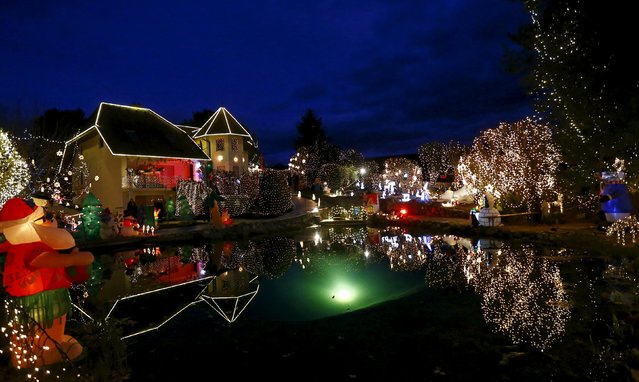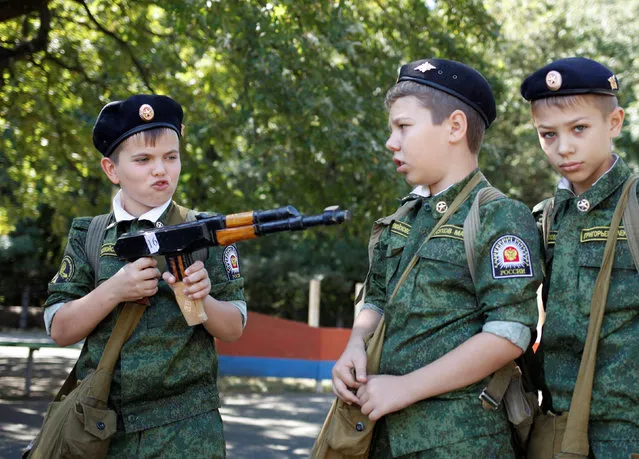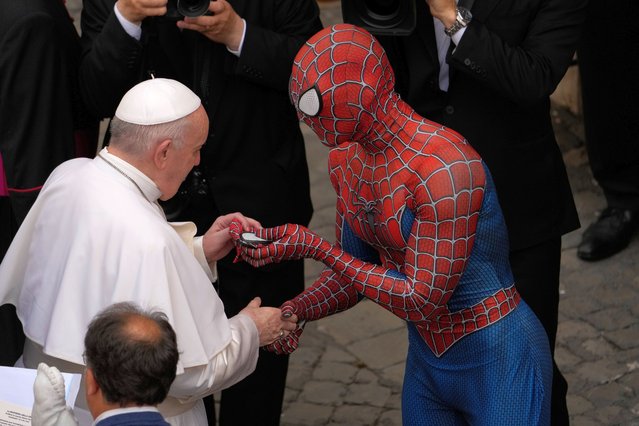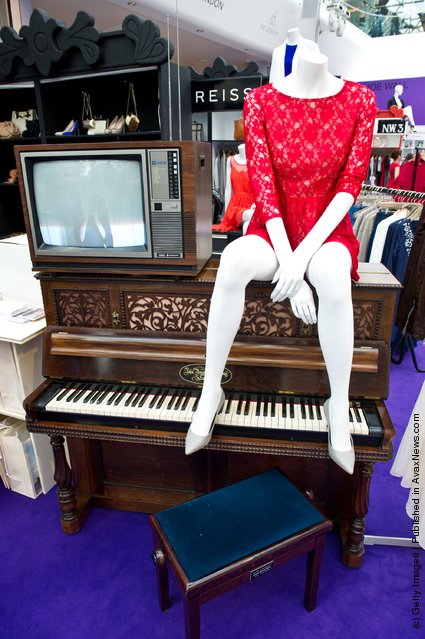
A general view shows the Christmas decoration at a country house estate in the village of Bad Tatzmannsdorf, Austria, November 30, 2015. The estate owned by the Gollnhuber family is lit with half a million Christmas lights and more than 60 inflatable Christmas figures, turning the place into a winter wonderland every December and attracting thousands of visitors. (Photo by Leonhard Foeger/Reuters)
02 Dec 2015 08:04:00,post received
0 comments







